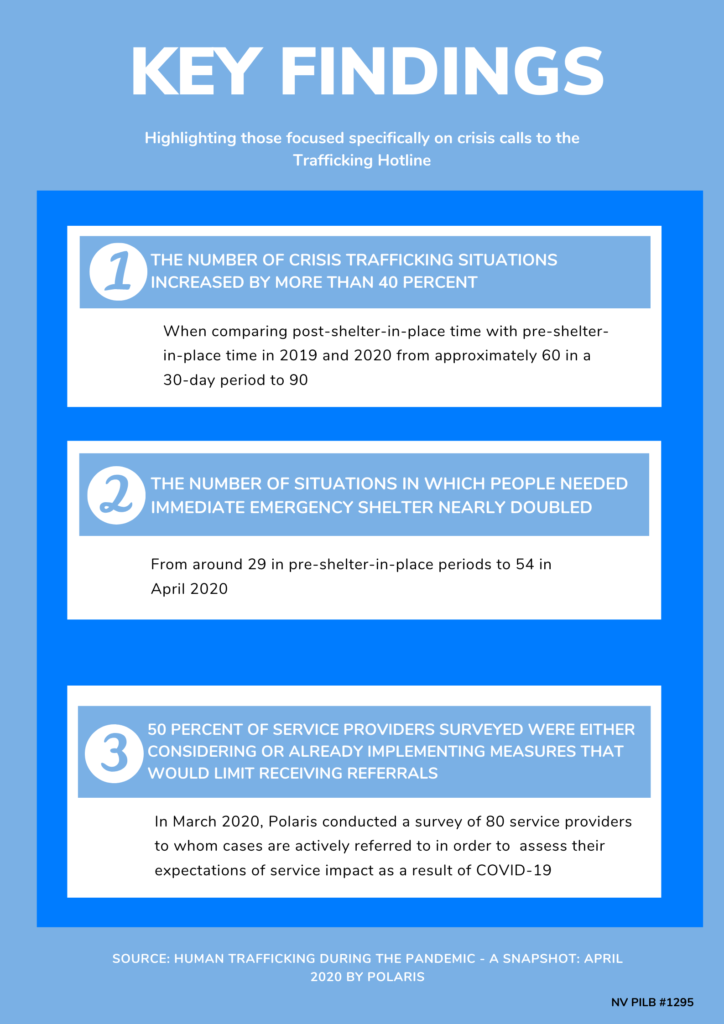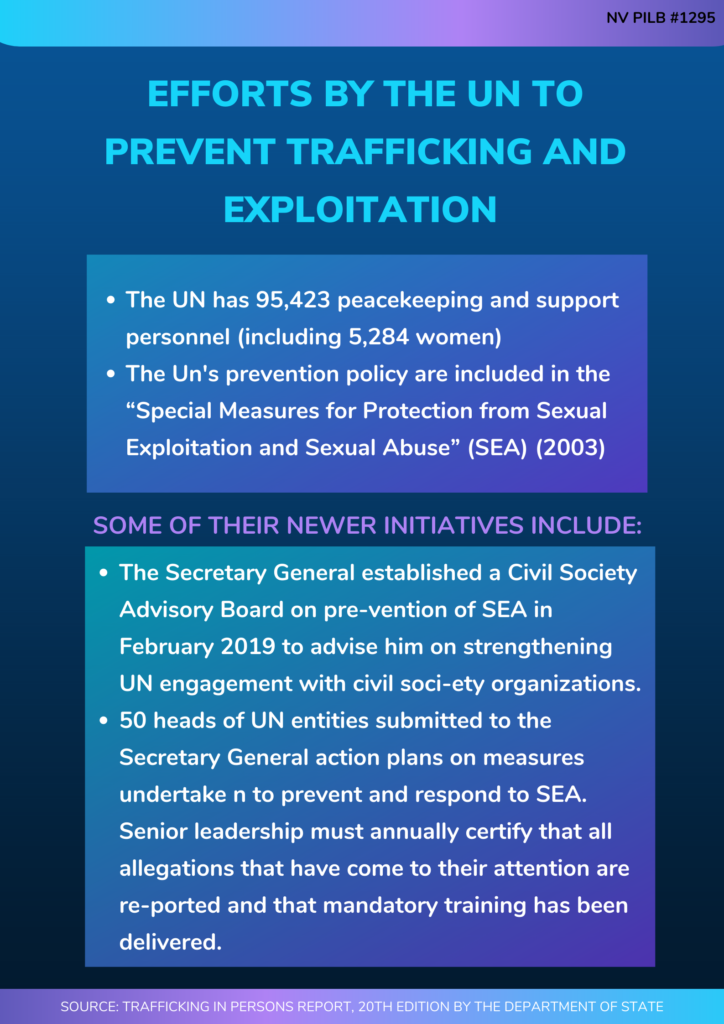Crisis trafficking situations rose over 40% in April: Polaris data

By a Biometrica staffer
The number of crisis trafficking situations in the US increased by over 40 percent this April, when several states had already enacted a shelter-in-place order due to the Covid-19 pandemic, versus the same period last year. This key finding is a part of Polaris’ systematic examination of relevant data from the National Human Trafficking Hotline that it operates. Polaris has been tracking the potential impact of the pandemic on victims and survivors of sex and labor trafficking over the last few months.
Crisis situations are defined as those in which some assistance – such as shelter, transportation, or law enforcement involvement – is needed within 24 hours. From about 60 such situations in a 30-day period in April 2019, it went up to 90 this April after the shelter-in-place rules were enforced, said Polaris.

The analysis compares a post-shelter-in-place period to two deliberately chosen pre-shelter-in-place periods. The two pre-shelter-in-place periods selected were April 1-30th 2019 and February 14-March 15th 2020; while the post-shelter-in-place period chosen was April 1-30th 2020. These periods were picked based on the first shelter-in-place orders put in place on March 15th in San Francisco, California. By March 30th, most states that eventually enacted a shelter-in-place order had done so.
Polaris’ studies also showed the number of situations in which people needed immediate emergency shelter nearly doubled from around 29 in pre-shelter-in-place periods to 54 this April.
Also in March, Polaris surveyed service providers to whom it actively refers crisis cases to assess their expectations of service impact as a result of Covid-19. Of the 80 providers who responded before the start of April, 50 percent were either considering or already implementing measures that would limit receiving referrals, and another 4 percent had already stopped accepting any new referrals.
The analysis concludes by highlighting policies that are necessary to curb trafficking. Housing insecurity is a leading indicator of vulnerability to human trafficking. Therefore, policies that help people stay in their homes or get access to housing will prevent trafficking. Immediate vulnerability can be reduced by efforts to stay eviction orders or delay eviction hearings, offer rent and mortgage relief, cover utility payments, and provide temporary housing.

In the medium to longer term, efforts to address the economic impact of Covid-19 should prioritize housing for vulnerable individuals, families and communities – not only those who are currently homeless, but also those on the precipice of becoming homeless including young people who are aging out of the child welfare or foster care system, Polaris’ study says.
Additional resources at the federal, state, and local level for service providers will be critical to filling the immediate needs of trafficking victims and survivors during the Covid-19 pandemic. Needs include emergency shelter, food, transportation, medical and behavioral health treatment and medication, and more, as well as resources to continue operating the U.S. National Human Trafficking Hotline to connect victims and survivors to help and support.